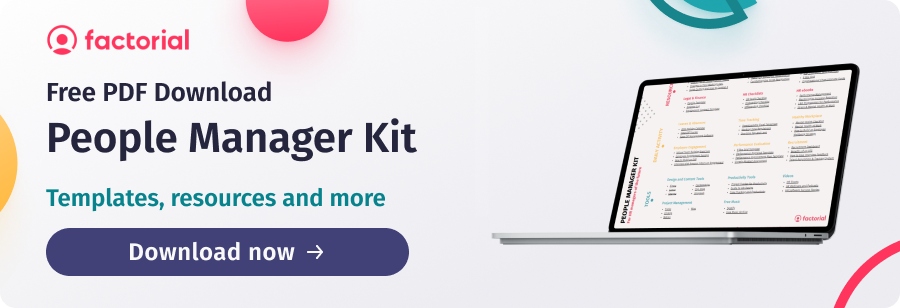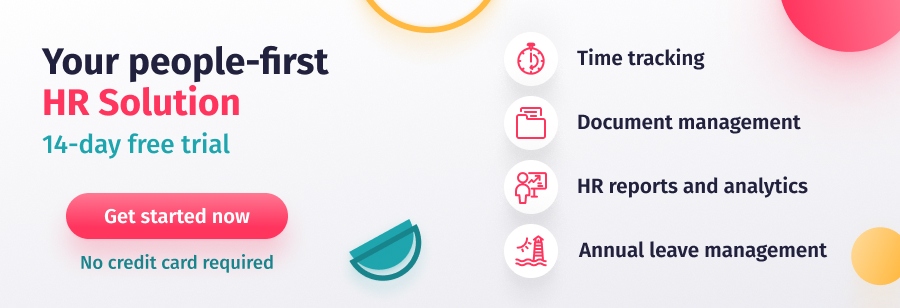All organisations will, at some point, need to make changes to their business models to remain viable. Organisational change can vary from relatively small adaptations, such as introducing new software for a specific process, to fundamental changes to how a whole business is structured, such as a digital transformation in response to new technologies and growth opportunities.
Managing change is challenging in itself. However, managing talent within an organisation that is undergoing significant change adds a whole new layer of difficulty. When we manage talent, we focus on ensuring we have the right people with the right skills in the right roles to help an organisation achieve its business goals.
During periods of organisational transformation, those goals shift to include both executing the change itself and also the objectives which the new structure needs to deliver.
The result is that talent management becomes more complicated. Businesses need employees with skills in implementing change in the short run, but the long-term success of the transformation is based on the organisation having the right talent for its future business model.
When change happens, the executive team may deprioritise talent management for a time, either by necessity or unintentionally, especially if the change is driven by cost or major disruption caused by external forces. However, if the organisational change is going to deliver the business objectives, an effective talent management strategy must be at the core of the business strategy and change programme.
In this article, we’ll focus on how to ensure organisations have an effective talent management strategy during an organisational change.
Where to Focus Talent Management During Organisational Change
There are five key areas to focus your talent management strategy on during transformational change. You must work closely with transformation managers and leaders to ensure you fulfil the new requirements for talent management as much as possible.
1. Identify Current Talent and Deploy as Required
The first step is to understand the talent requirements for business transformation, both to support the implementation of the change process and what will be required once the change management is complete. With this information, you can start to work out if current talent can be retained and deployed into new roles.
Understanding leadership requirements is also key: organisations in the middle of a transformation need the right people to both lead through the change and then be able to deliver the business objectives. It’s important to acknowledge that these may not be the same people and talent management strategies may differ for the phases of transformation.
Consider each individual’s leadership style and whether their management approach is suited to delivering organisational change or whether they could excel in a different organizational structure.
2. Ensure Talent Practices Align With New Model
Two of the key areas for managing talent within an organisation are learning and development programmes and performance management processes. When companies are facing large-scale organisational change, these both need to be updated for the talent requirements of the new model.
In terms of learning and development, change management training may be required for leaders delivering the change. Employees moving to new roles or starting to use new processes may also require training, which can also serve a secondary function in helping the workforce feel supported in the change they are experiencing.
If costs are driving organisational change, there may be a challenge to the expenses involved in training so keeping talent practices in line with the new model may also require negotiation skills and flexibility on the part of talent managers.
Navigating organisational change is also a chance to reiterate the value of the performance management process. Consistent, high-quality performance management ensures that companies have detailed knowledge and data on their current employees. This puts them in a stronger position to navigate organisational change as the talent teams already have the knowledge of the workforce which allows them to get the right people into the right roles more quickly.
Performance management and ongoing coaching conversations also keep lines of communication open. This helps keep employees engaged and invested in the journey of change that the department or company is going on, setting it up better for future success.
It’s worth noting that the performance management process itself may need to be adapted to reflect changes within the organisation, especially if structural changes are linked to changing corporate culture. For example, a business that aims to be more nimble and flexible in how it responds to customers may need to put more emphasis on employees demonstrating their adaptability in their performance reviews.
Likewise, succession plans may need revisiting as the talent requirements for the future of the business and technology change, and there may be a significant impact on turnover associated with the transformation. Regularly checking in on the relevance of existing succession plans may be required in these instances.

3. Attract Talent for the New Organisational Model
External recruitment may be required to fulfil some of the roles in the new structure, using a skills-based hiring approach. Getting ready for this should be a key part of planning for change within an organisation, not least because recruitment of the unfamiliar takes longer and it can be harder to bring people into an organisation that is in the throes of substantial or even traumatic change. Talent managers who are prepared for change know the potential skills gaps and have a detailed knowledge of the relevant market.
There may be a change in the core competencies required for the business. For example, an organisation that is becoming more network-driven and wants to create a less hierarchical corporate culture will put an emphasis on people with strong networks over those with a proven ability to manage upwards.
Organisational change can also be a good opportunity to develop the diversity, equity and inclusion (DE&I) element of talent management. Not only does the creation of new roles naturally lead to the need for new talent, which can be filled from a larger scale, more diverse pool than previously, but change can also be a chance to redefine the ethos of a company to be more inclusive.
Large-scale change may also be the point to consider whether a remote workforce is appropriate for attracting the best talent.
4. Manage the Transition of Talent Effectively
Transitioning an established organisation to a new business model is a highly complex and stressful exercise for all involved. Those involved in talent management transformation must consider the retention strategy of key talent for the new model and the redundancy of those roles no longer required.
Organisational change can be exciting for some people who get energised and engaged by the change and opportunities it will bring, but it can lead to disengagement for others, especially if they cannot see themselves in the new structure. Naturally, some employees will start to look for new roles, and productivity may reduce.
An effective talent management strategy ensures the company knows at the start of the process who they want to keep and who they are prepared to lose. Key talent is supported to ensure they feel engaged, valued and part of the change.
A professional, kind and considerate approach to those who will be made redundant should also be built into the strategy. Not only can this help to maintain productivity but there is an impact in terms of having a positive reputation externally (which obviously benefits future recruitment) as well as internally as all employees feel that they are being treated with respect. Of course, it’s not always possible to keep everyone happy, but the right approach is to try to achieve this for as many people as possible.
5. Keep a Growth Mindset at the Heart of the Change
Having a growth mindset means focusing on the effort that is being made rather than the achievements. In a changing environment, this approach sets the business up for success by creating a resilient and resourceful workforce.
Talent managers also have a role in keeping an ethos of learning and flexibility at the heart of the change process. When the delivery of a new organisation structure gets complicated, it can be tempting for those tasked with driving through the change to close ranks and focus on getting the job done.
However, keeping the business focused on what is being learnt as well as what is being delivered creates a culture where people learn from mistakes, become more flexible and adaptive, and can respond more quickly to growth opportunities and further change.

Talent Management Strategy Tips During Organisational Change
The following tips mix practical ideas and psychological considerations to help create an effective talent management strategy when a company is undergoing organisational or cultural transformation.
Practical Ideas
Break the Work into three phases
When thinking about organizational transformation, it can be useful to consider the three different phases outlined by the Harvard Business School: preparation, implementation and follow-through. These can serve as starting points to focus your talent management strategy.
Make sure everyone understands the reasons for change
It is important that all involved in talent management and leadership fully understand the drivers behind the transformational change and the objectives. Doing this ensures that any conversations had with employees or potential employees about future development opportunities are aligned with the business plans. These drivers should be available in short, clear messages, which then form the basis of all communications.
Focus on communicating well
Good communication is always essential in talent management but it becomes even more important during business transformation. Prioritise communication to ensure that key talent feels supported and part of the company’s journey.
Keep talking to other departments
Keep talking to HR colleagues in other departments to avoid siloed talent management emerging. Transformation leaders will want to see an integrated and strategic approach to how talent is managed.
Manage your own talent
Talent management teams need both strategic planning and practical skills (such as project management) to execute all the work involved in having an effective talent management strategy for organizational change.
As the change process kicks off, don’t forget to manage the talent in your own HR teams: you need the right people with the right skills in the right roles too. It may be that external support is needed at critical parts of the process, for example, when formulating messaging or when working through redundancies.
Ask for feedback
Ask for feedback regularly so there is detailed knowledge of how the workforce feels and responds to the change process. You can then use this knowledge to inform the next stage. An easy way to ask for feedback is using online polls or surveys, but you can also consider creating feedback groups with representatives across the business.
Psychological Considerations
Accept that the only constant is change
Accept that talent management in these situations is rarely stable or steady. An effective talent management strategy focuses on being in a ‘ready state rather than a steady state’ which is being prepared for change and ready to flex approaches and processes accordingly.
Check in with your own mindset
Remember that talent management can be harder when businesses are in a state of flux. Key stakeholders may not know talent requirements yet, there may be less data available to work with, and stress levels may be running higher than usual – to name just a few of the challenges. As a talent manager, you may have to work harder than previously to understand what you are being asked to deliver.
Create a new sense of purpose
Work with the executive team to use the change in business processes as an opportunity to generate a renewed sense of purpose within the organisation. Handled well, effective change management can bring energy and excitement, which can create a new sense of loyalty and retain talent.







